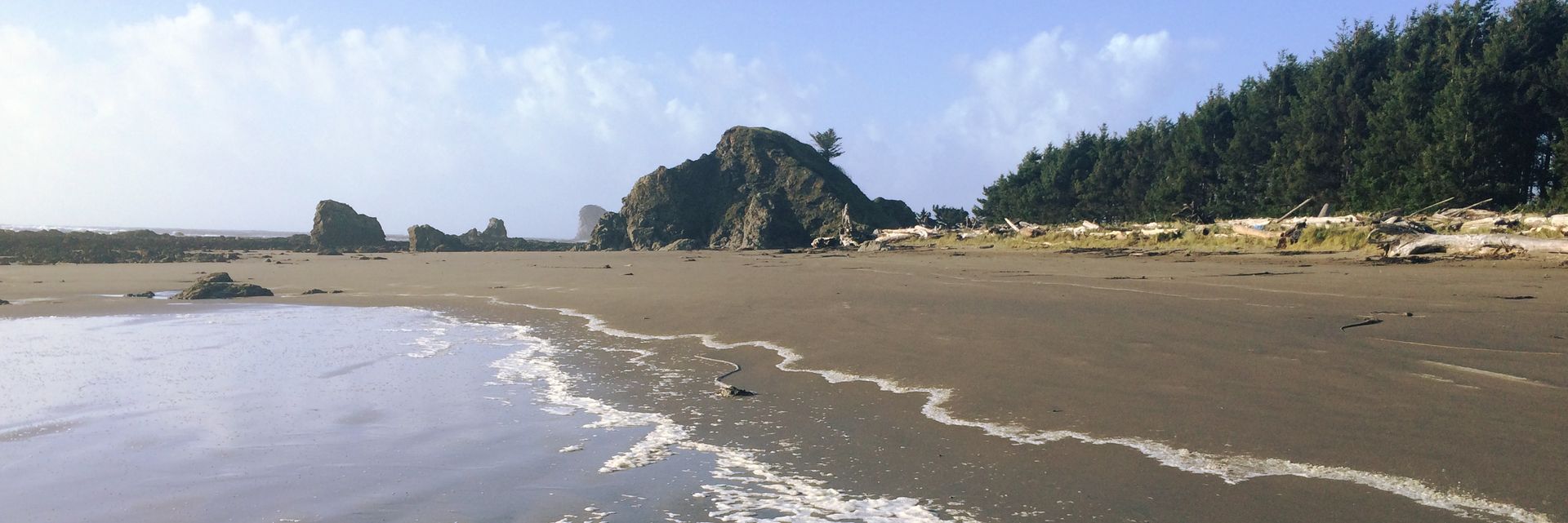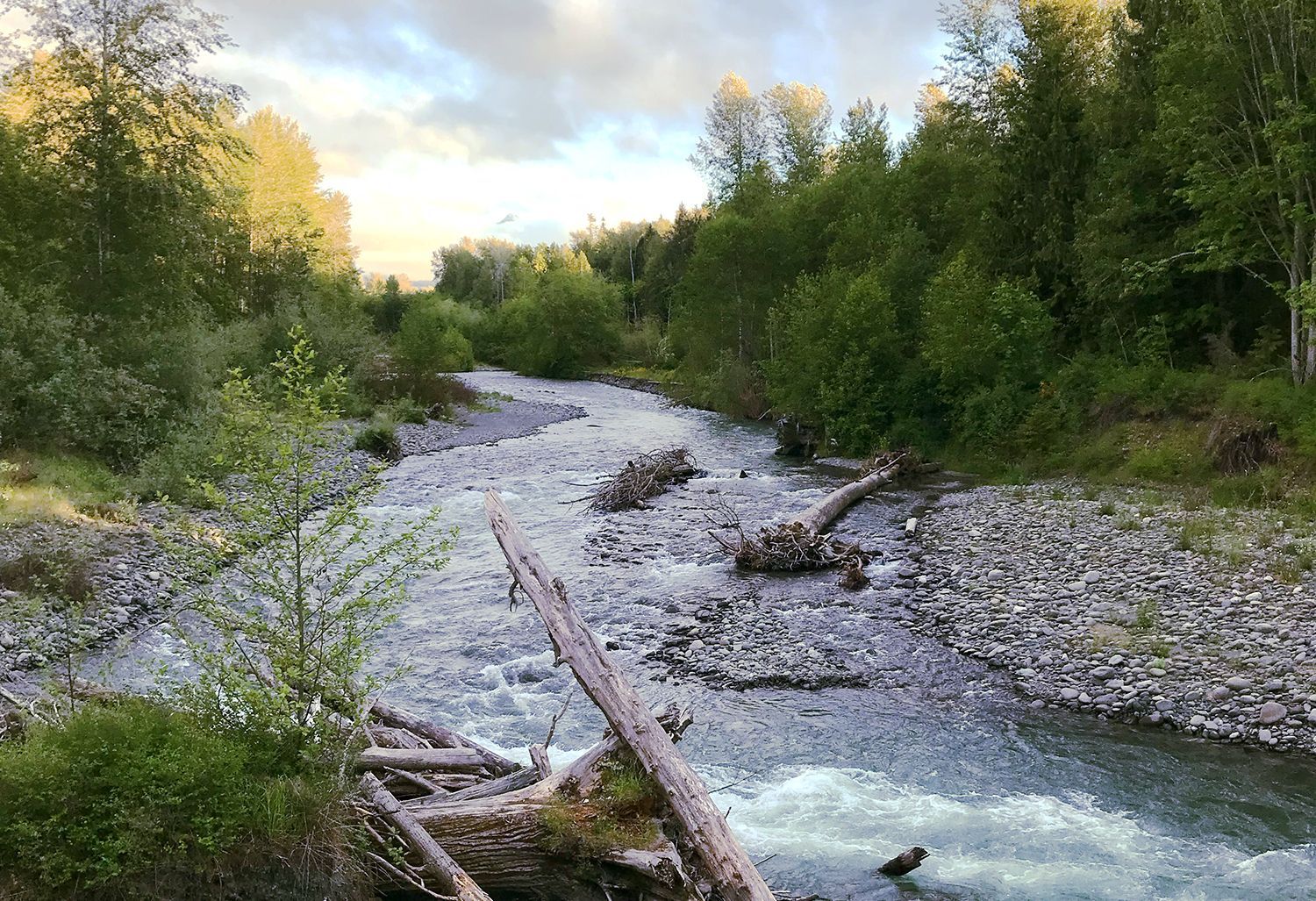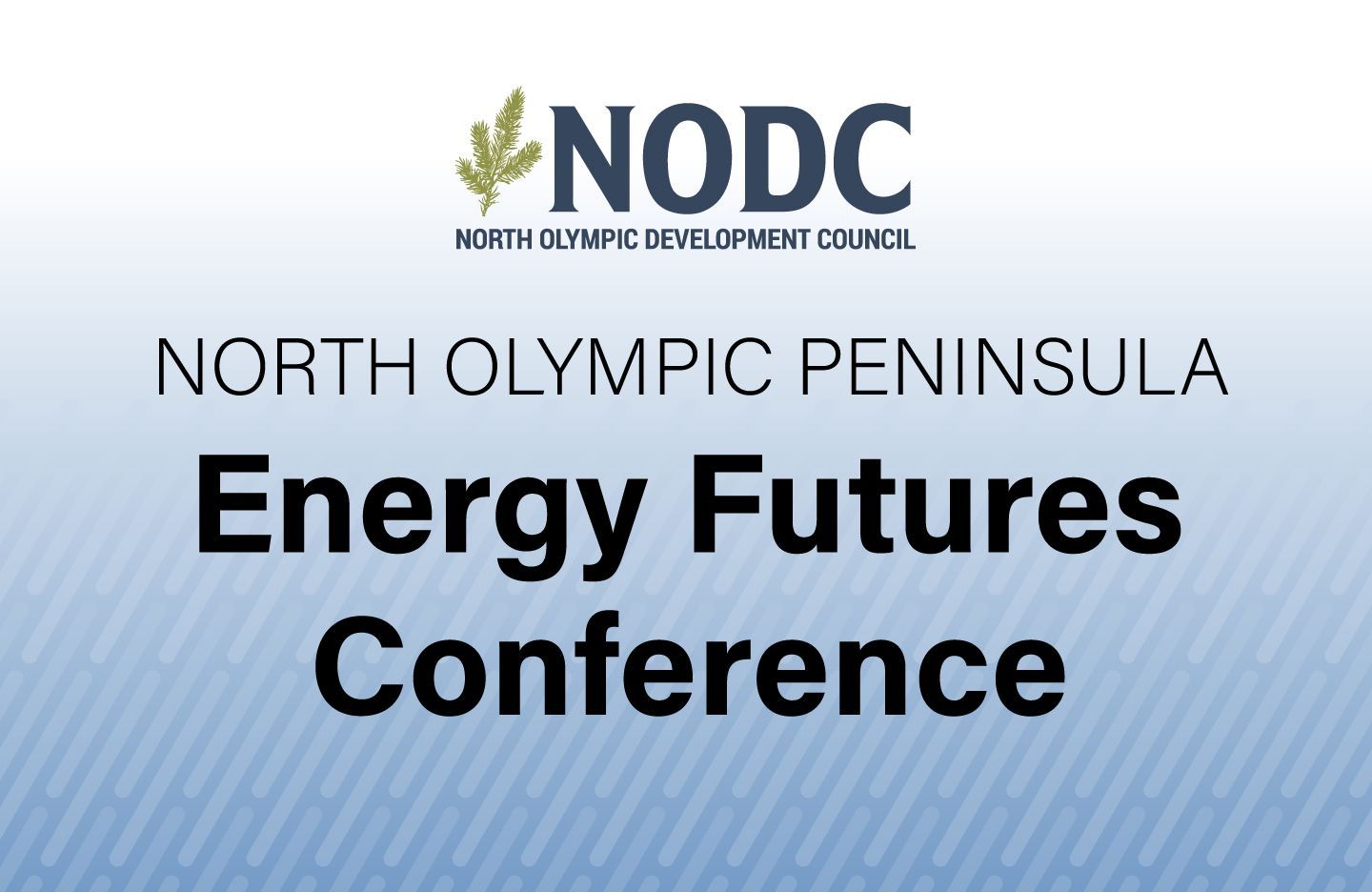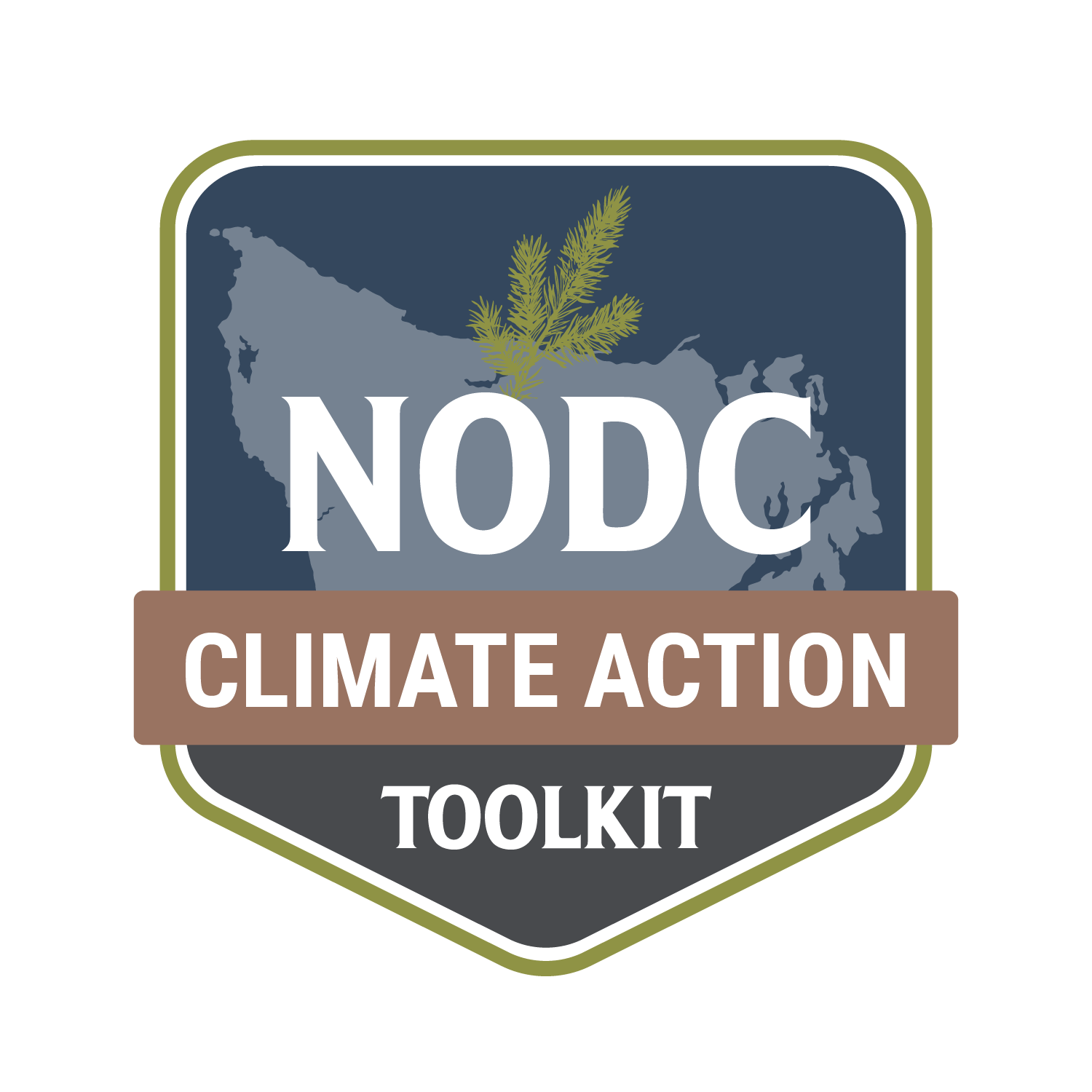Marine Renewable Energy
Marine Renewable Energy Feasibility Project

In early 2023, Pacific Northwest National Laboratory (PNNL) received a grant from the US Department of Energy Water Power Technology Office to explore the feasibility of Marine Renewable Energy (MRE) to increase grid resilience on the North Olympic Peninsula. PNNL will examine a number of factors affecting feasibility of MRE at various sites on the Peninsula, including the amount of tidal energy that can be generated, grid infrastructure available for grid tie-in and islanded operation and the potential for combining MRE with other renewable energy sources such as solar, wind and battery storage to increase resilience.
As a partner on the project, NODC will build on previous regional planning processes for climate change adaptation, natural disaster resilience and energy to develop and lead a multi-criteria decision-making approach to engage communities and Tribes across the Peninsula in the project to identify needs and define important project metrics. NODC will facilitate community meetings and roundtable discussions to collect input, guide framework development, and eventually share results. NODC will also host a community workshop to support energy planning in the region and get feedback on potential MRE project benefits and highest-value project outcomes. NODC will work with Pacific Northwest National Laboratory (PNNL) to document the community-driven planning process so that others can learn from this work.
NODC will also conduct an analysis on the economic development opportunities that MRE-based microgrids could provide to the Olympic Peninsula, including potential benefits from increased system resilience, from additional capacity to support new demand and from job creation opportunities. These findings will be integrated into the final project report.






